The Complete Raised Bed Planting Guide + 8 Creative Ideas to Try
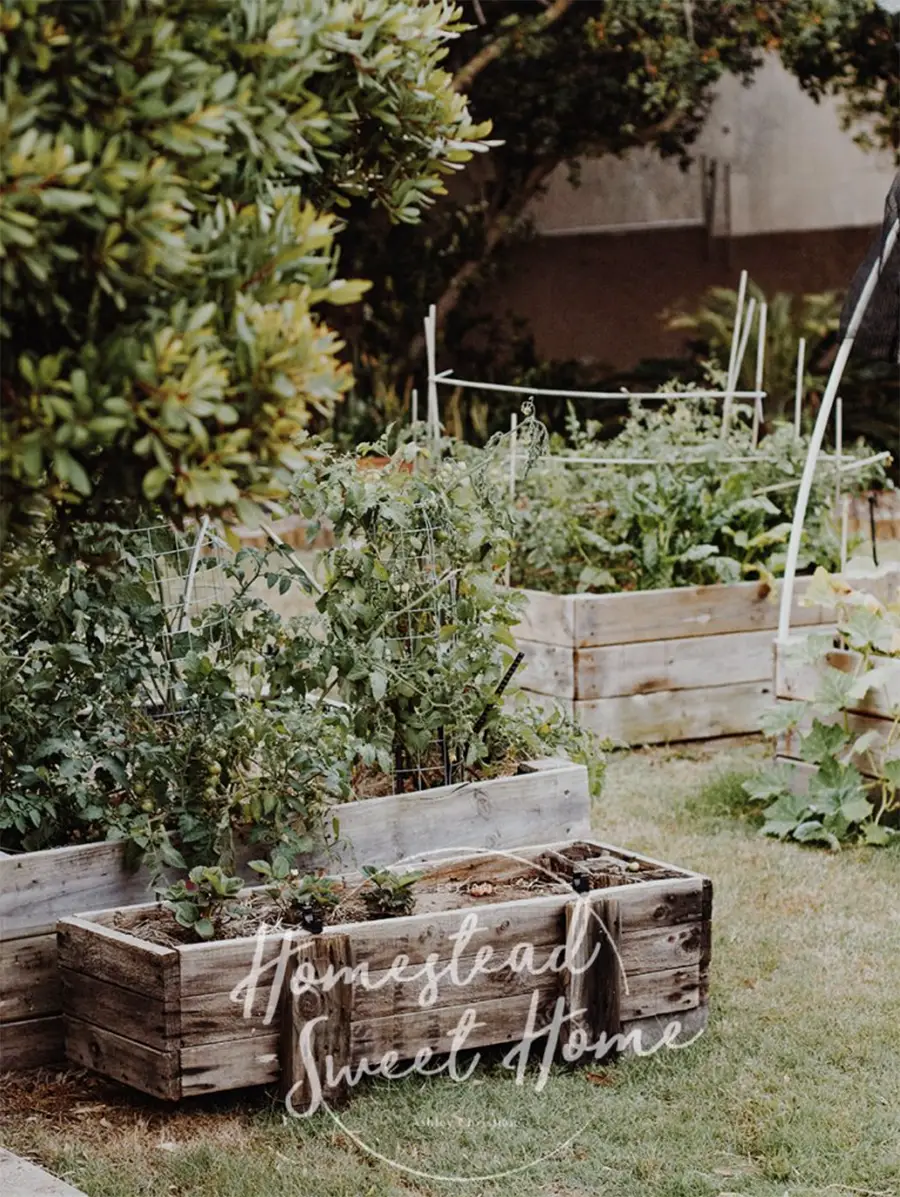
Raised bed panting is simply gardening above the surface of the ground, whether that is in a container, bed, or raised mound. Raised bed planting creates a tidy, esthetically pleasing garden, and also gives you more control over the soil composition. Your garden is only as good as your soil, so raised bed gardens can give you some of the most exquisite vegetables and flowers.
Pros of Raised Bed Planting
- Tidy and beautiful gardens
- Easier to tend as you don’t have to bend so far to the ground
- Gives you greater control over the soil composition because you are adding what you need to it
- Hardware cloth on the base of the planter can save your plants from digging garden pests
- The best solution if you have poor or contaminated soil or are building a garden over concrete
- You have a wide variety of construction materials you can choose from
- Warm-up quicker in the spring
- Allows for better drainage in areas with heavy rainfall
Cons of Raised Bed Planting
- You’ll have to build or purchase containers for your raised beds
- You’ll have to purchase or provide the topsoil and compost to fill your raised beds
- Wider walkways in your garden can use up valuable space if your gardening area is small
- More susceptible to temperature changes
- Soil dries out faster in the summer (mulch can help)
- Requires more watering
- Less sustainable unless you are upcycling materials
- You will need to replace untreated wood eventually
- There is some concern about treated wood leaching chemicals into the soil
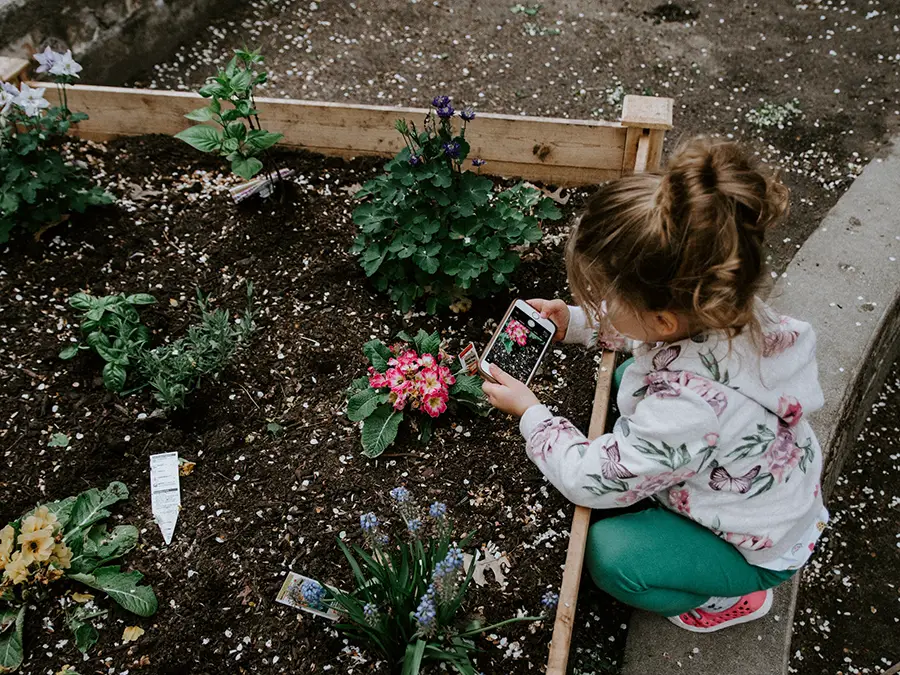
Raised Bed Planting Layout
The location of your raised beds is important to its success. If you have a very tiny yard, this may already be decided for you. As best you can, you’ll want to follow these location guidelines.
Full sun—vegetable gardens need at minimum 6 hours of direct sunlight, so avoid situating your garden under trees. 8 hours of direct daily sunlight is really best. You could also strategically trim your trees to allow for enough sunlight if you need it. It doesn’t matter which direction you face your raise beds.
Level—you’ll want as level of a location as possible. Even if this means you need to till the ground to help with leveling or do some shovel or tractor work. You’ll need a level spot to build your raised bed planting garden. This will help keep your garden beautiful, functioning well, and with proper drainage.
Water—does your garden location have close enough access to water? You’ll need to water your garden daily in the beginning, and once your plants begin to mature, you’ll need to water them once or twice a week. So pick a spot where you can easily access water.
Home—it’s a good idea to do your raised bed planting as close to your home as you can. If you place your garden in a back corner of the property, it will be easier to neglect. Plus you’ve put in all that hard work, so you’ll want to keep it close and look out on its beauty. In my mind, the closer you can keep your garden to your kitchen, the better. Keeping your garden near your home can also deter garden predators like hungry deer and raccoons from coming around.
Drainage—pay attention to the drainage on your land. If you have low spots that collect water, flood, don’t drain well, and become muddy, this is not a great spot for your garden. Garden plants need drainage to stay healthy. If you must plan your garden in a spot with poor drainage, you should take steps to improve the drainage, such as a french drain, or better leveling of that spot.
Raised Bed Planting Design
With so many raised bed planting designs, it can become overwhelming to figure out what you should use. This breakdown will help you choose the best raised bed design for your setup.
Height—raised beds typically are made anywhere from 6 to 18 inches tall. Choosing the correct height involves several factors, the most important being the condition of your ground soil under your raised bed. If you are building on extremely hard ground, contaminated soil, or concrete, you’ll need to go taller with your raised beds. 12 to 18 inches is ideal if the bulk of your useable soil will be above ground. Plants need plenty of room for their roots to grow deep, and they also need plenty of soil to hold in moisture between watering.
If you plan to have a 6 inch raised bed, you will need to till or break up the ground under your bed 6 to 12 inches deep to allow enough room for your plant’s roots to grow. You will have less control over the soil this way and will have to bend down fairly far to tend your garden. On the other hand, lower beds can help control your costs and work great to give your garden that tidy look if you have decent soil underneath.
Width—4 feet in width is a good size for raised bed planting. Any wider and you may struggle to reach as far in as is needed to tend your garden. Any narrower and you won’t be giving your plants quite enough room to grow and will be wasting building resources.
Length—there are no limits to how long you can make your raised beds, other than your space and budget. Some building materials will warp if they are too long. More about that below. I prefer to opt for longer beds as you can create more garden space with fewer materials this way. The sky is the limit with how you can design and shape your raised bed gardens.
Raised Bed Planting Materials
There are a variety of materials you can construct your raised beds with, and each has its strengths and weakness. We’ll break each down for you, as well as its safety for your soil, so you’ll know what to expect when constructing with that material.
Galvanized Steel—this is a popular option for raised bed gardening that is fairly durable and safe. Galvanized steel is made by dipping the steel into a zinc coating to prevent rust when it comes in contact with water. Galvanized steel has been used for watering livestock for a very long time, without any ill effects.
If you are worried about zinc leaching into your soil, it’s first of all not very likely. Secondly, zinc is actually a necessary plant nutrient, and if there was too much zinc in your soil, you’d know first by dying plants before you ate any. Galvanized steel is a good, safe option for raised beds. The only drawback is they can heat up more than other materials, so it may be best to plant your more tender vegetables like lettuce in the center to avoid it overheating.
Recycled Plastic—this is a very popular option because it is safe and does not leach chemicals, and is extremely durable and long-lasting. Recycled plastic raised bed planters are often made from recycled milk jugs and can come with warranties up to fifty years because of their durability. If you don’t want to replace your raised bed planters, this is an excellent option. They do tend to be heavy and expensive, but they may be well worth it for you.
Composite Wood—composite wood raised beds are made from a blend of wood fibers and UV-treated recycled plastic. They are more lightweight than recycled plastic and easier to disassemble and reconfigure. They aren’t as strong for extra-long raised beds and may bow outwards, so these are best used for shorter beds. Composite wood is cheaper than recycled plastic raised beds, but not quite as durable.
Concrete Blocks—there have not been soil studies using concrete blocks for gardening, however, the blocks do contain toxic chemicals like lead, mercury, and arsenic. There is no proof that these chemicals can leach into your garden soil. But if you are worried about it you can either paint or line your concrete blocks with food-grade plastic to create a barrier.
Untreated Wood—untreated wood such as redwood, cypress, and cedar are all naturally rot-resistant and depending on your climate, can last 15 to 30 years before rotting. You may find this time frame is shorter with the frequent watering gardens require. Redwood, cypress, and cedar can all be more expensive, and possibly difficult to find. They are also not as sustainable as most come from old-growth forests. If you opt for redwood, cypress, or cedar wood, look for wood with the FSC or Forest Stewardship Council stamp on it.
Pine is easier to find, less expensive, and sustainably sourced. However, it is not as naturally rot-resistant as cedar, redwood, or cypress and will last 5 to10 years in normal outdoor conditions, and may only last 2 to 5 years when used for raised bed planting.
You can extend the life of all your untreated wood using 100% pure tung oil. Make sure the product you use is indeed 100% tung oil with no added fillers or chemicals. It will darken the wood a bit and add a water-resistant quality to it.
Treated Wood—Though it can last much longer, treated wood has toxic chemicals that can leach into your soil and even your skin as you work with it, sit on it and brush up against it. There are things you can do to keep treated wood chemicals out of your soil and veggies, such as providing lots of organic compost in your soil to bind up the chemicals or using a food-grade plastic inner liner in your raised beds.
Sally Brown, Soil Research Professor at the University of Washington says that the actual risk of being exposed to too much copper from the newer treated woods is minimal, and if there was too much copper, the plants would die before the gardener had a chance to eat them.
If you do opt for treated wood, top your beds with untreated wood boards so you aren’t exposed to the treated boards through your skin, which actually carries the greatest risk. It’s interesting to note that in order for vegetables to be certified organic, they cannot be grown in beds with treated wood. Whatever you do, do not use railroad ties or old tires for your raised beds. They are full of toxic chemicals that you don’t want in your food.
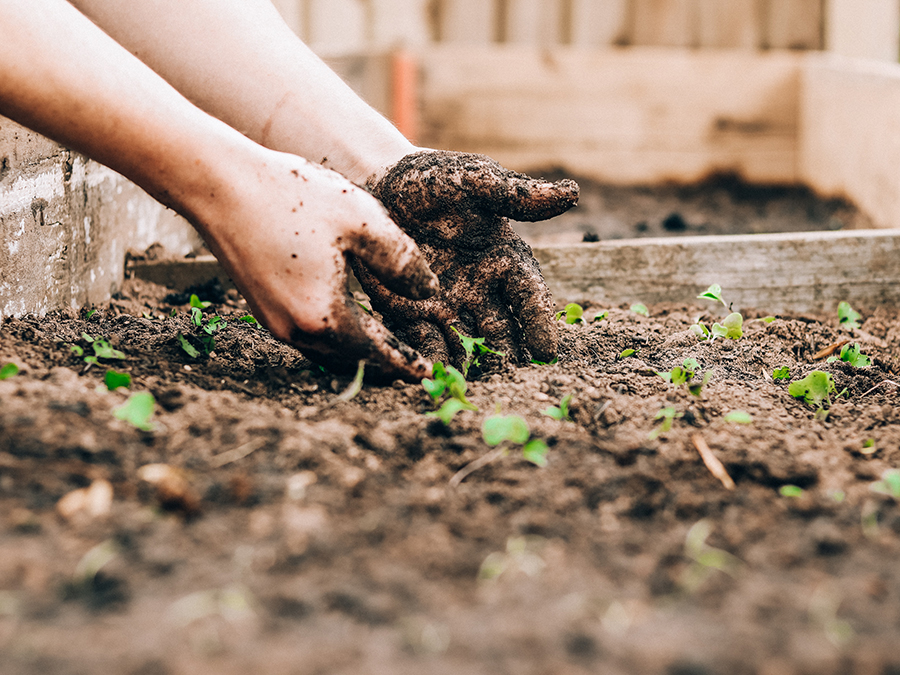
What Soil Mix Should You Fill a Raised Bed With?
There are many different recipes for the best soil to use in raised bed planting, and every gardener is partial to their own mix. In general, these recipes can be grouped like this:
- 60/30/10—60% topsoil, 30% compost, and 10% potting soil (this is actually a soilless blend of peat moss, vermiculite, and/or perlite.
- 50/50—50% topsoil and 50% compost
Luckily you can calculate how much soil you need for your particular sized beds with this handy calculator. If you need a whole lot of topsoil, it will probably be more economical to have it delivered by truckload rather than purchasing it in bags. Ask around and contact local landscaping companies that you know to be reputable, and find out who they use to deliver topsoil. You need to be cautious because what many companies refer to as topsoil, is actually fill-dirt that will make for a poor quality garden.
When buying your topsoil, you’ll need to do a little detective work to make sure what you’re getting will work for raised bed planting. Signs of high-quality topsoil are:
- Regionally sourced ingredients listed on the bag
- Nationally recognized compost certification on the bag
- Passes the squeeze test, sticks together when squeezed, but then falls apart again when you run your fingers through it
- Is not fill-dirt that some companies mistakenly call top-soil
Many gardeners like to amend their mix with additional organic compost materials like grass clippings, dead leaves, vermicompost (worm poop), or homemade compost. These things will help, but this step is optional as you will already have a great soil mix from your 60/30/10 or 50/50 mixes.
How do you arrange plants in a raised bed?
Before you begin raised bed planting, choose vegetables that you know your family will love to eat. And throw in one new vegetable you don’t normally eat or have never had before in your garden. Discovery is half the fun!
It is helpful to arrange plants in a raised bed according to height, with the tallest plants like corn, okra, and tomatoes in the middle and short plants like radishes and strawberries by the edge of the planter so it’s easier to reach.
Every seed you plant will have different space needs, so it’s helpful to follow the spacing guides on the seed package as you plan your garden. I like to gather my seed packets and some graphing paper or a garden planner and map out my raised beds before I actually plant them.
What is easy to grow in a raised bed?
If you are a first-time gardener, or if you’ve had a failed garden in the past, you may be wondering what is easy to grow in a raised bed garden? Here is a list of the 10 easiest vegetables to grow directly from seed into a raised bed garden:
- Lettuce
- Greenbeans
- Peas
- Radishes
- Carrots
- Cucumbers
- Kale
- Swiss Chard
- Beets
- Zucchini
Before you jump headfirst into raised bed planting, check out our Complete Guide to Gardening at Home + 5 Beginner Mistakes to Avoid. Need more inspiration for your raised bed garden? Check out these eight incredible ideas:
8 Raised Bed Planting Ideas
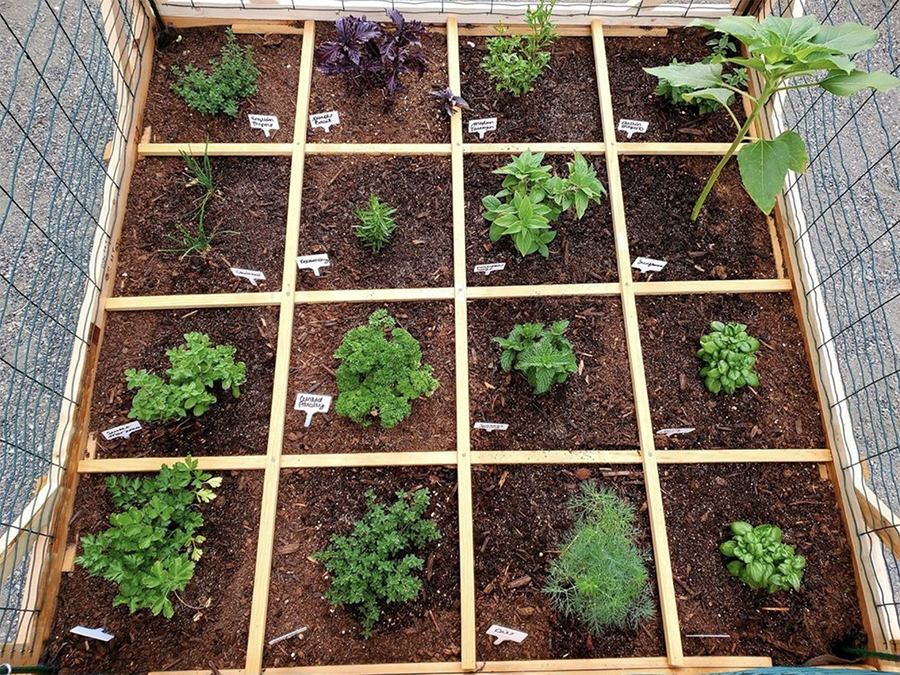
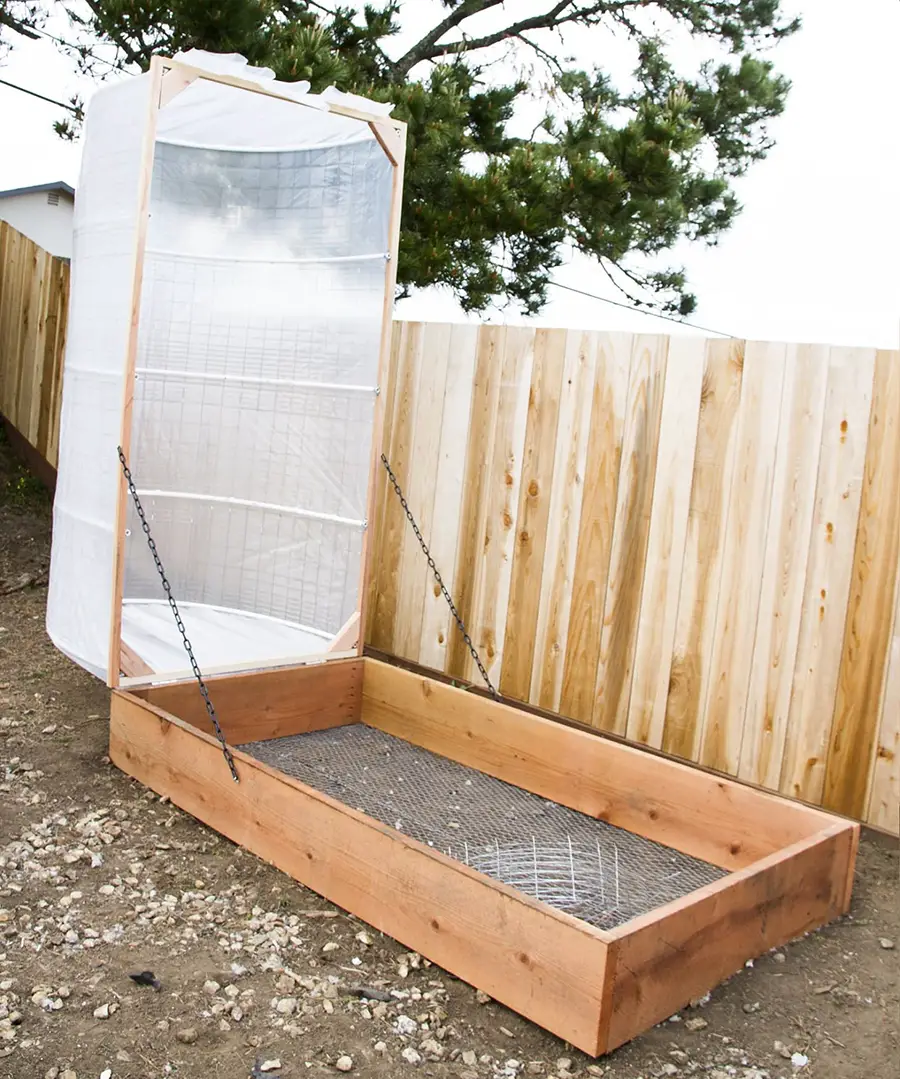
The Greenhouse Tent Raised Bed
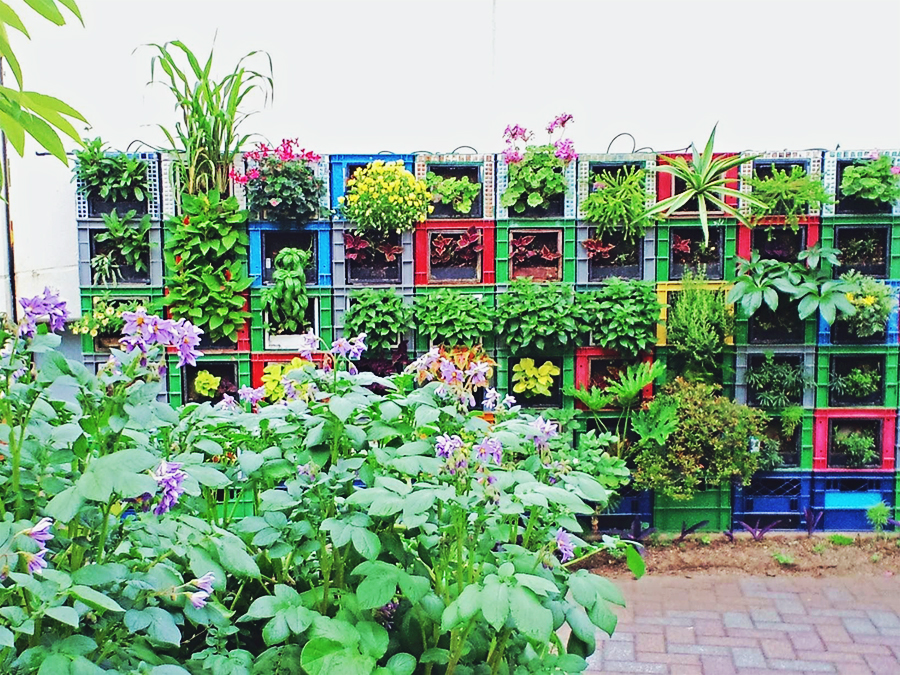
Milk Crate Verticle Container Garden
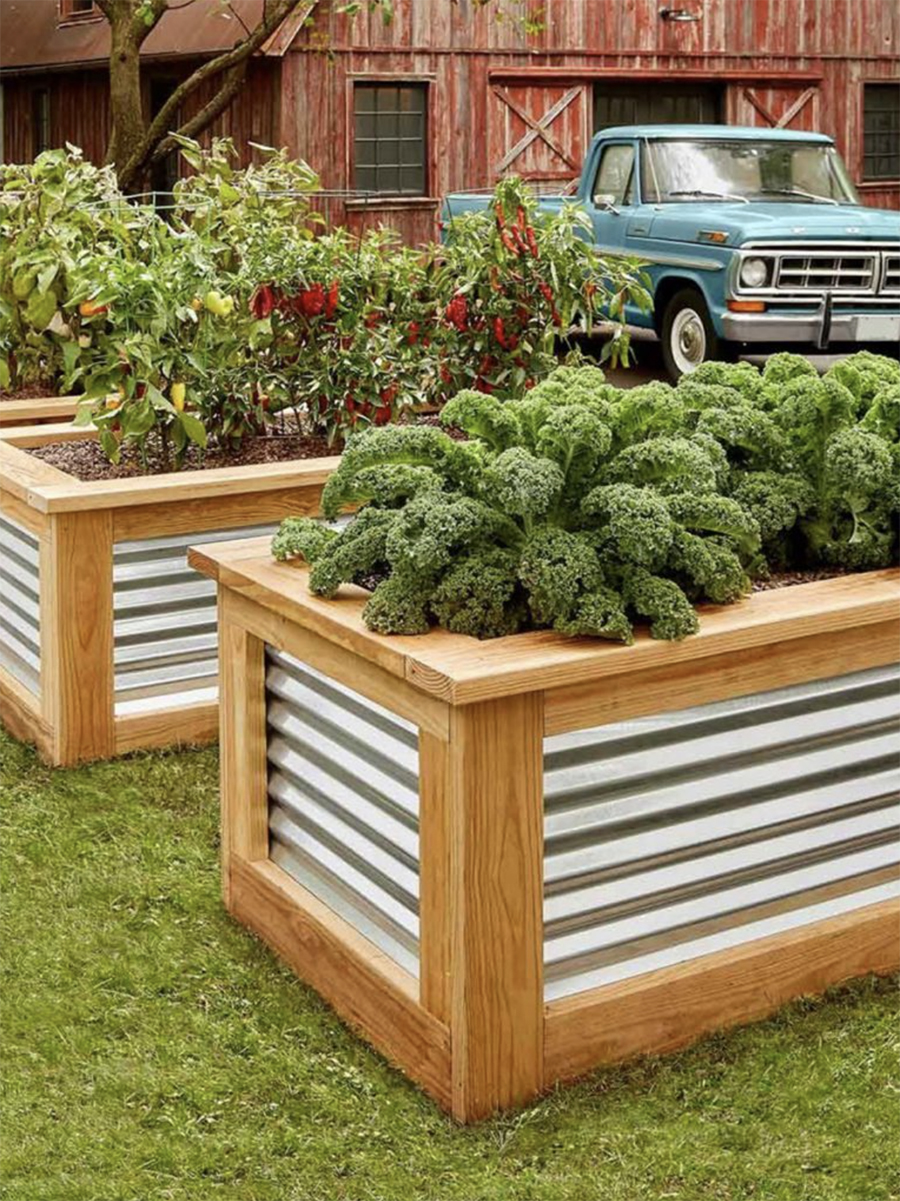
DIY Corrugated Metal Raised Bed Planters
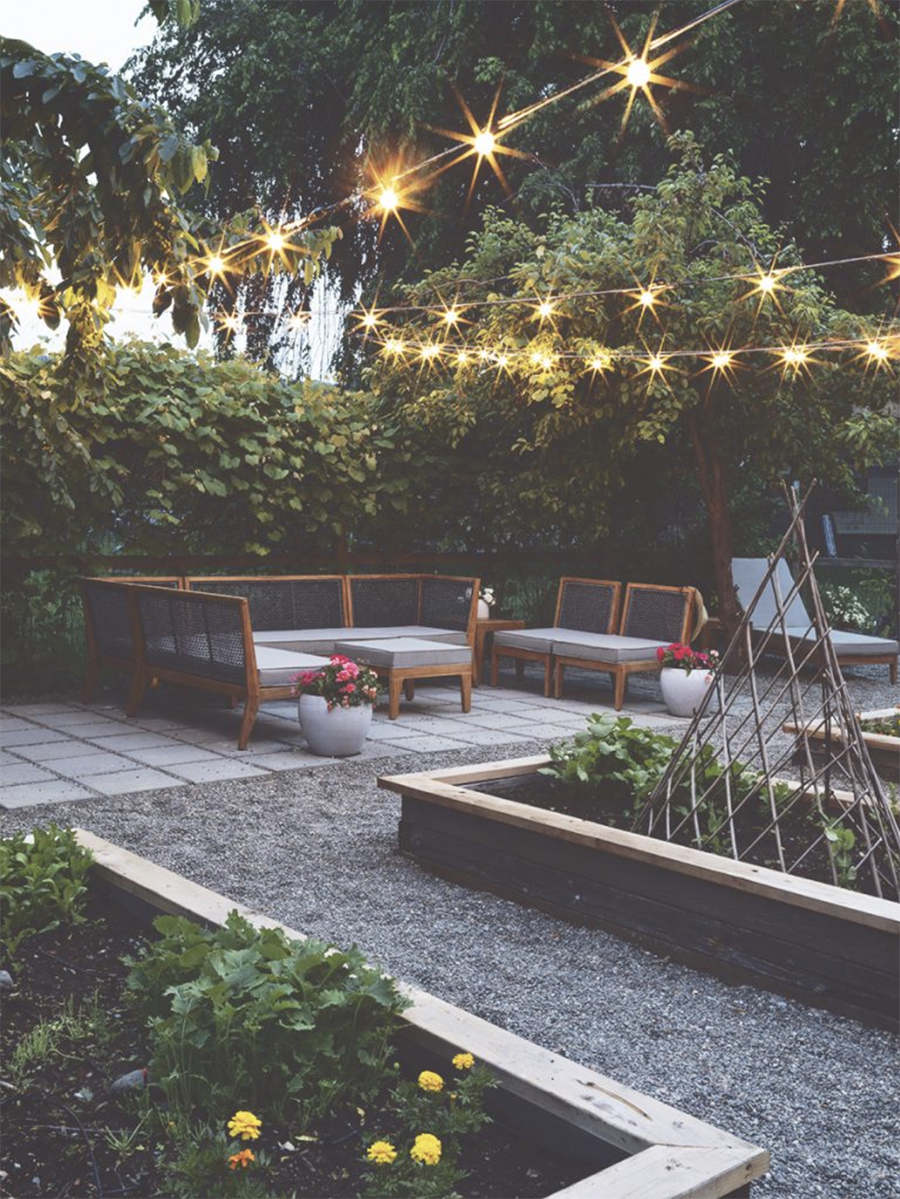


Raised Bed Garden Arch Trellis
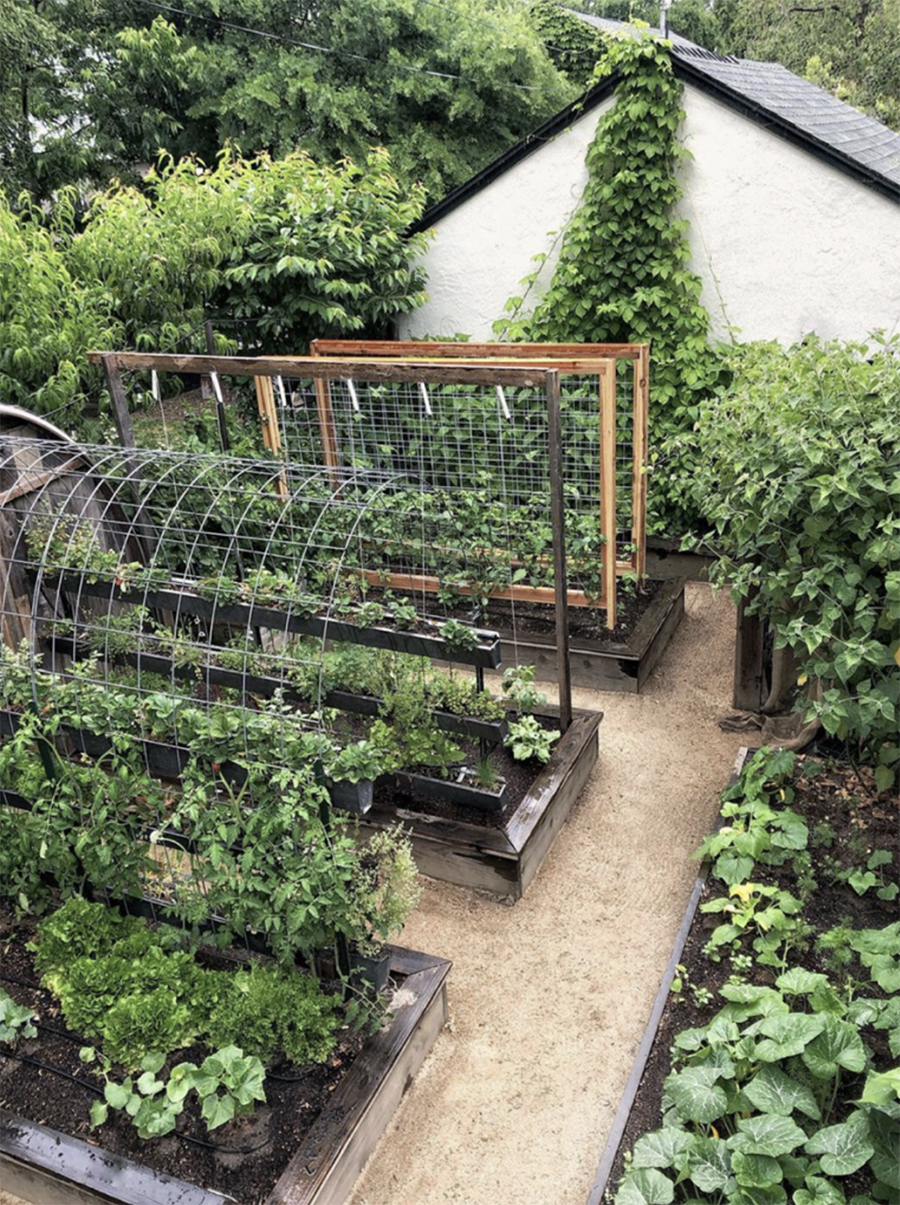
What about you, have you ever used raised beds to garden? What was your setup like, and what has worked well for you? Let us know in the comments.

Leave a Reply